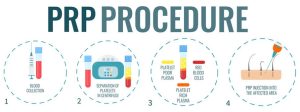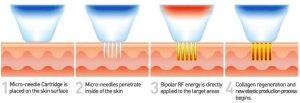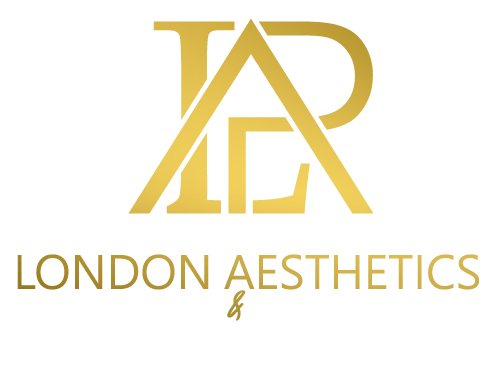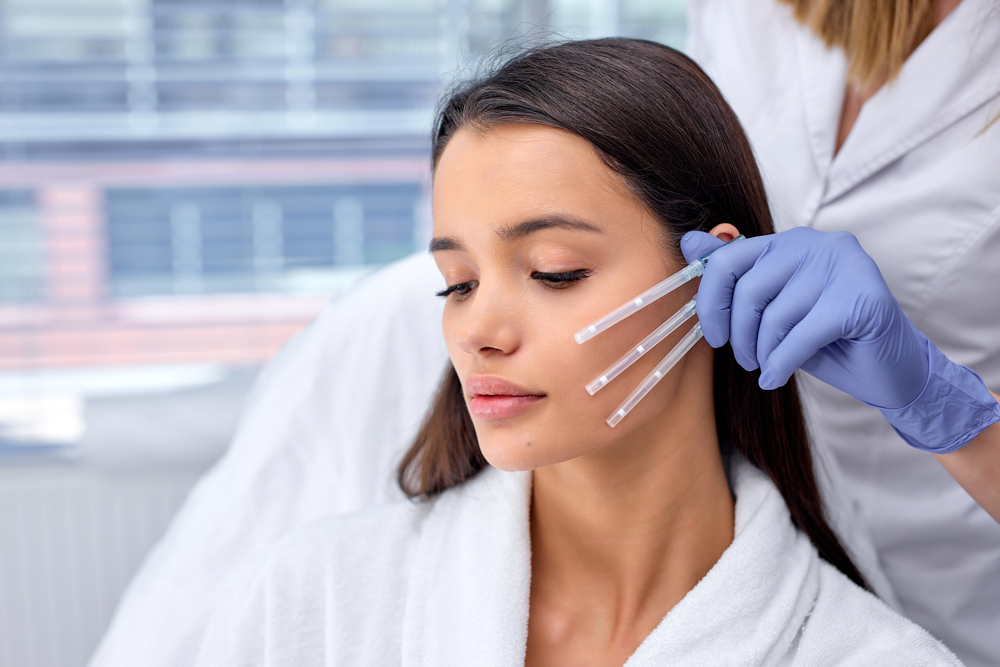Objective :
- Facials
- PRP
- Chemical peels
- Lasers
- Microneedling Radiofrequency
- Profhilo
- Radiofrequency Therapy
- Carbon peel facial
The best skin aesthetic treatments vary based on individual skin types, concerns, and goals. However, some universally effective options include :
1). Facials :
Facials are professional skincare treatments designed to cleanse, exfoliate, hydrate, and rejuvenate the skin.
Facials are not only beneficial for improving the appearance and health of the skin but also provide a relaxing and pampering experience.
They can help to address a variety of skincare concerns, including dullness, uneven texture, acne, dryness, and aging.
There are following facials
- Acne Facial
- Vitamin C Facial
- Sensitive skin Facial
- Anti-Aging Facial
- Ultra Anti-Aging Facial
Hydra Facials:
- Simple Hydra Facial
- Glow Hydra Facial
- Acne Hydra Facial
- Collagen Anti-Aging Facial
- Ultra Hydra Facial
Other Facials
- BB glow Facial
- Photo Facial
- London ultra glow Facial
- 4D carbon Facial
- Genesis ultimate 4D carbon Facial
- Ice Hydra jet Facial
2). Platelet Rich Plasma (PRP) :
Platelet-rich plasma (PRP) is an autologous product that concentrates a large number of platelets in a small volume of plasma.
PRP therapy for skin treatment is often used to address concerns such as fine lines, wrinkles, acne scars, uneven skin tone, and texture irregularities.
Dry Skin: PRP can help improve hydration and stimulate collagen production. Consider combining PRP with moisturizing serums or creams to maximize hydration.
Microneedling with PRP:
Microneedling involves using a device with fine needles to create tiny punctures in the skin’s surface. The PRP is then applied to the skin, where it penetrates into the deeper layers through the microchannels created by the microneedles. This process stimulates collagen production, enhances skin texture, and promotes overall rejuvenation.
PRP Injections:
In some cases, PRP may be injected directly into specific areas of the skin, such as fine lines, wrinkles, or areas of volume loss. This technique can target localized concerns and provide more concentrated PRP delivery to targeted areas.

3). Chemical peels :
A chemical peel, also known as chemexfoliaton or dermapeeling.
A chemical peel is a procedure in which a chemical soluton is applied to the face to remove dead skin cells and stmulate the growth of new cells.
The aim is to improve the appearance of the skin and used to improve or smooth the skin texture, reduce the appearance of fine lines and wrinkles, treat acne and acne scars, and even out skin tone.
Classification of Chemical peels :
- Superficial peels :
These peels use mild acids, such as alpha hydroxy acids (AHAs) or beta hydroxy acids (BHAs), to exfoliate only the outer layer of the skin (epidermis).
They are used to improve skin texture, treat mild discoloration, and refresh the skin’s appearance.
- Medium peels :
Medium peels penetrate the outer and middle layers of the skin (epidermis and dermis) using stronger acids like glycolic acid or trichloroacetic acid (TCA).
They can address more significant skin issues like fine lines, moderate discoloration, and acne scars.
iii. Deep peels :
Deep peels reach the deeper layers of the skin, including the dermis, using strong acids like phenol.
They are typically used to treat severe skin concerns such as deep wrinkles, extensive sun damage, and precancerous growths.
4). Lasers :
Several types of lasers are used for skin rejuvenation, targeting various signs of aging and skin damage. Here are some common ones:
- Fractional Laser Resurfacing:
Fractional lasers, such as fractional CO2 or fractional erbium lasers, create microscopic wounds in the skin, stimulating collagen production and promoting skin renewal.
They can improve skin texture, reduce fine lines and wrinkles, and diminish the appearance of scars and sun damage.
- Non-Ablative Laser Resurfacing:
Non-ablative lasers, such as the Nd:YAG laser, stimulate collagen production without damaging the outer layer of the skin.
They are effective for improving skin firmness, reducing fine lines and wrinkles, and treating mild to moderate sun damage.
iii. Pico Laser:
Pico lasers deliver ultra-short pulses of energy to target pigment irregularities and stimulate collagen production.
They can improve skin texture, tone, and overall appearance, while also addressing pigmentation issues like sunspots and age spots.
- Erbium Laser Peel:
Erbium lasers are gentler than CO2 lasers and can be used for superficial to moderate skin resurfacing.
They target the outer layer of the skin, promoting collagen production and improving skin texture, tone, and pigmentation.
- Q-Switched Laser:
Q-switched lasers deliver high-intensity pulses of light in extremely short durations. They are commonly used for tattoo removal, pigmentation issues like melasma or age spots, and treating certain types of birthmarks.
- Pulsed Dye Laser (PDL):
PDL targets blood vessels and is often used to treat vascular lesions like spider veins, port wine stains, and rosacea. It can also improve the appearance of scars and stretch marks.
5). Microneedling Radio frequency (MNRF) :
Microneedling Radiofrequency (RF) is a minimally invasive cosmetic procedure that combines two popular skin rejuvenation techniques, microneedling and radiofrequency energy.
Microneedling:
Microneedling involves the use of a device equipped with fine needles that create tiny punctures or micro-injuries in the skin’s surface. These micro-injuries stimulate the skin’s natural healing response, triggering the production of collagen and elastin, which are essential for maintaining youthful, firm skin.
Radiofrequency (RF) Energy:
Radiofrequency energy is a form of electromagnetic energy that generates heat when delivered into the deeper layers of the skin. This heat stimulates collagen production and tightens existing collagen fibers, leading to improved skin firmness, texture, and tone.

6). Profhilo :
Profhilo is a moisturising treatment that uses Hyaluronic Acid (HA), which is injected “beneath the skin.”
It has a prolonged stimulating activity on the collagen and elastin, which also attracts water into the deeper layers of the skin. The stimulation results in a significant tightening and lifting effect on the tissue.
As we age, our bodies produce less Hyaluronic Acid (HA). This can lead to dryness, wrinkles and sagging skin. Profhilo can help to improve the appearance of these signs of ageing, hydrate the skin, Improves and restores the firmness of the skin and Remodels sagging skin in the face and neck area.
profhilo Bio Aesthetic points (BAP) :
10 injection points – 5 on each side of face and for neck


7). Radio frequency therapy (RF) :
Radiofrequency skin tightening treatments, are non-surgical cosmetic procedures that use RF energy to heat the skin and stimulate collagen production. The heat from the RF energy helps reduce wrinkles and sagging skin, improving the skin’s overall tone and texture.
Radiofrequency treatments like Thermage can help reduce lines and wrinkles for a more youthful appearance.
Thermage uses RF energy to heat the dermis and stimulate collagen production, supporting the skin for a smoother texture.
RF facial treatments for dull skin tone:
Radiofrequency facial treatments can also treat dull and uneven skin tones like age spots. The focused energy of RF devices penetrates the skin, stimulating the cells to produce more collagen and elastin, resulting in a brighter and more even skin tone.
ThermiRF (For sagging skin):
Radiofrequency treatments can be especially beneficial to those who have experienced sagging skin due to aging.
Radiofrequency energy penetrates the skin deeply to keep skin firm and tight. ThermiRF is an effective treatment for sagging skin that uses a probe under the skin to deliver precision heat to deep layers.
8). Carbon laser peel facial :
A carbon laser peel facial, also known as a carbon laser rejuvenation and Hollywood carbon peel facial.
This process helps to exfoliate the skin, reduce oiliness, minimize pore size, and improve the overall texture and tone.
Application of Carbon Solution: A layer of liquid carbon is applied evenly to the skin’s surface. This carbon solution penetrates deep into the pores, where it absorbs oil, dirt, and other impurities.
Carbon Absorption: The carbon solution is left on the skin for a few minutes to allow it to penetrate the pores and bond with impurities.
Laser Treatment: A specialized laser, usually a Q-switched Nd:YAG laser, is then used to target the carbon particles on the skin’s surface. The laser energy heats up and breaks down the carbon particles, along with any impurities they’ve absorbed.
As the laser passes over the skin, it also exfoliates the outermost layer, removing dead skin cells, and stimulating collagen production.
Pore Cleansing: The laser energy effectively cleanses the pores, reducing their size and minimizing the appearance of blackheads and whiteheads.
Collagen production: The heat from the laser stimulates the production of collagen and elastin, which helps to improve skin elasticity and reduce the appearance of fine lines and wrinkles.



